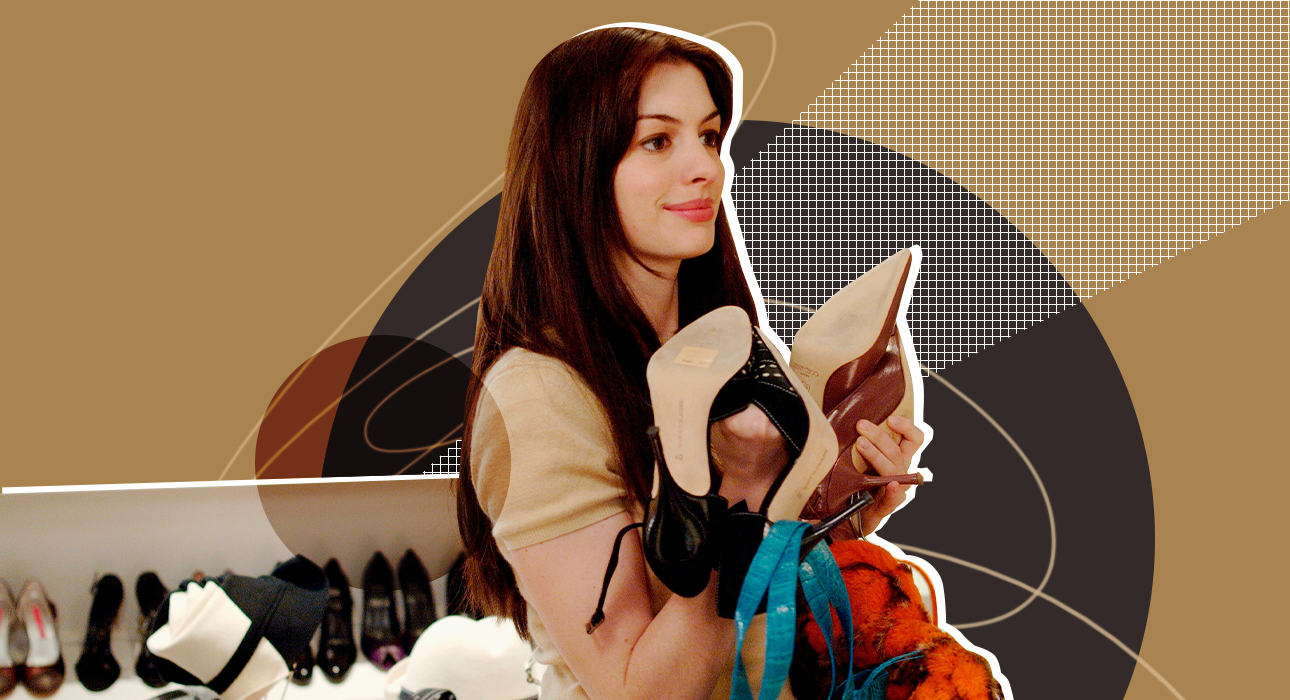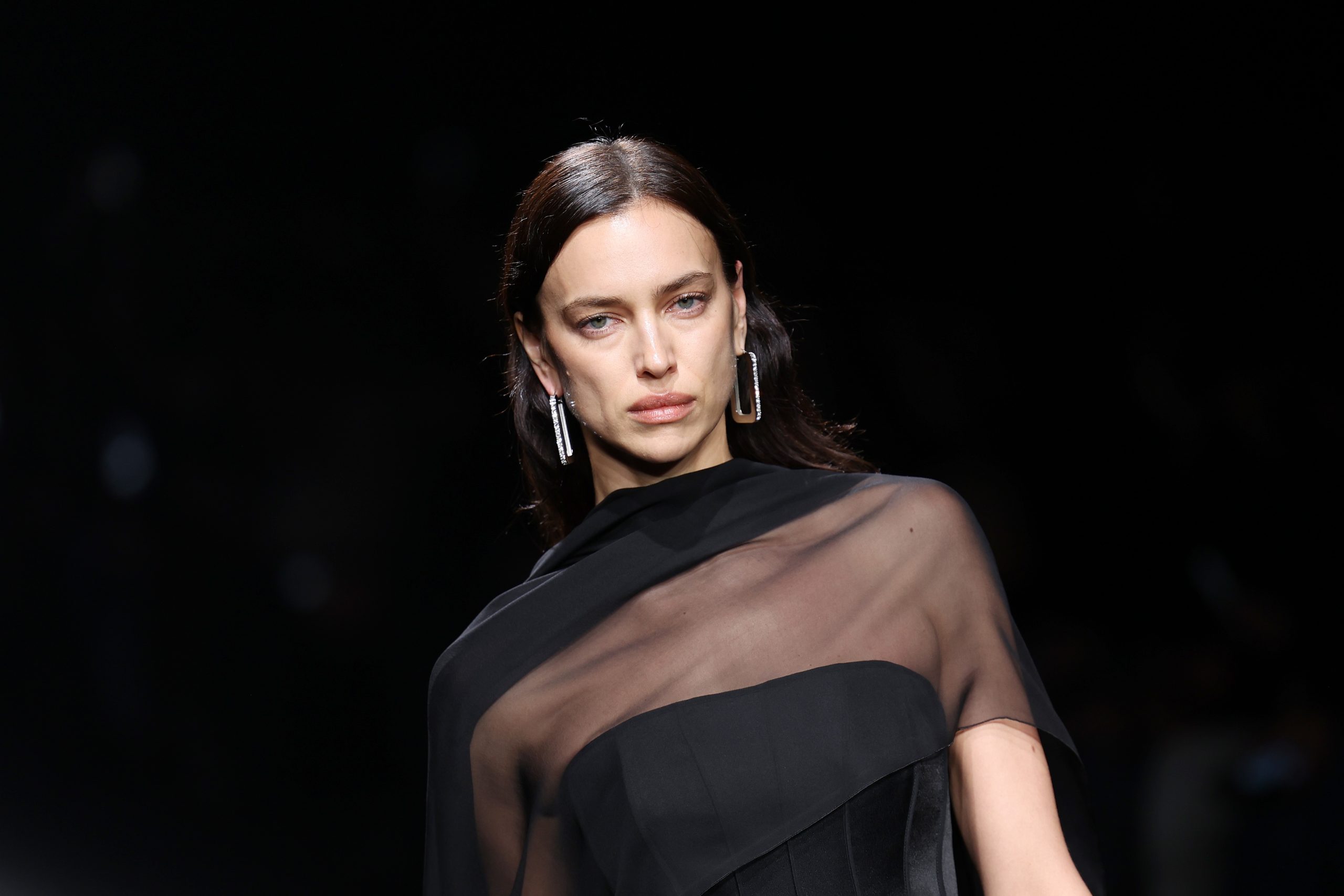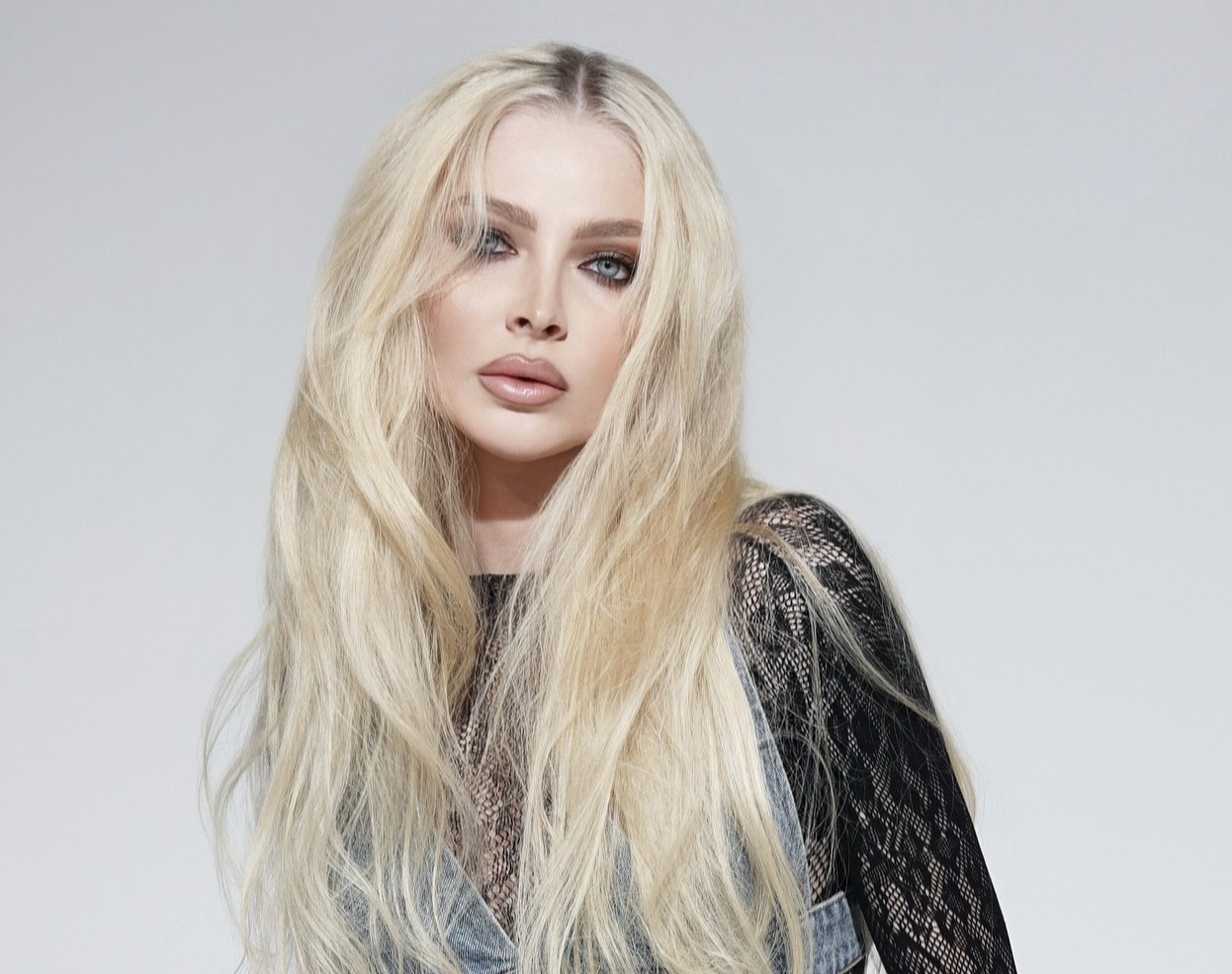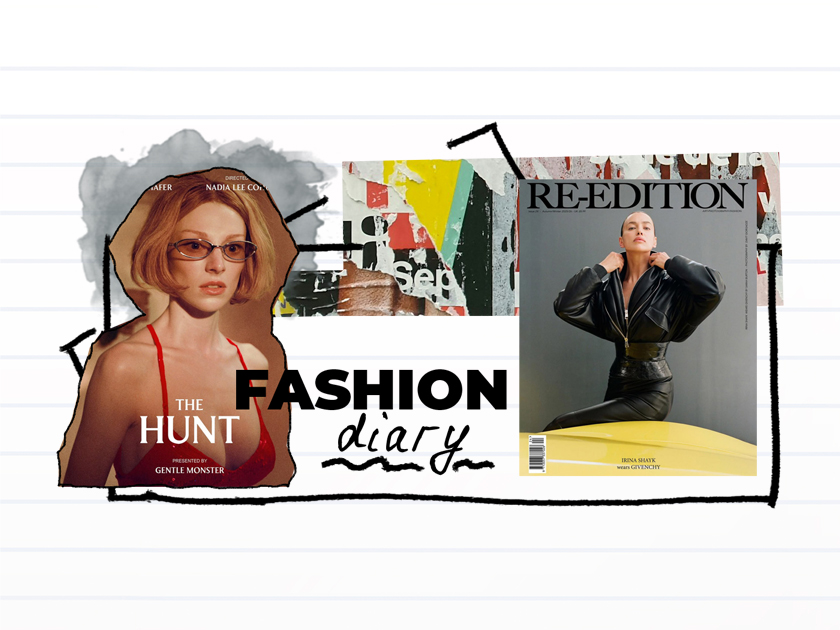Just a few days ago, a real debate flared up in our editorial office, which is about purchasing in times of crisis. The controversy divided everyone present into two camps. The first, with unprecedented enthusiasm, set out to shop in all serious ways, buying literally everything that came their way. But the latter, on the contrary, maxed out the economy mode and postponed the wishlist to better times.
In such an uncertain situation, we decided to deal with it. Why do some people seem to prefer saving while others dream of getting rid of money? The latter, by the way, always buys not only basic wardrobe items, but also bright, accent things that later collect dust in the closet. “A few days ago my friend spent half of his salary on rhinestone pants. And to my question “why?” replied: “Because it’s beautiful!”, says our colleague. And there are many such examples.
To better understand the situation, we decided to ask Russian brands whether people are starting to buy more, and most importantly, what exactly are they buying. The team of the young brand Santi Atelier shared that last month the demand for bright trouser suits has increased strongly. 2Mood also notes that they’re starting to buy mostly colorful stuff. Alina Kamalova, founder of Nude Story, told The Fashion Vibes that there hasn’t been a significant influx of buyers, but sales haven’t dropped. But Ekaterina Tsaturyan, the founder of the Sevenworlds jewelry brand, shared a touching message from a friend of the brand: “Guys, thank you for your jewelry – they cheer me up and every time I wear them I feel that life goes on. on.”
All this confirms once again that not only our editorial staff, but also the majority of Russians, are divided into two camps. Therefore, we decided to turn to Evgenia Zelinskaya, the psychologist of the Yasno service, to punctuate the i’s and learn how the culture of consumption changes in critical situations.

Evgenia Zelinskaya, psychoanalytic psychotherapist, psychologist in the Yasno ward
In critical situations, people really behave differently: some stock up on everything in the world, while others, on the contrary, prefer not to spend money once again. But, oddly enough, both the first and second scenarios of human behavior are the core of the same mental process – accumulation. Only in the first case, a person accumulates in things, and in the second – in money.
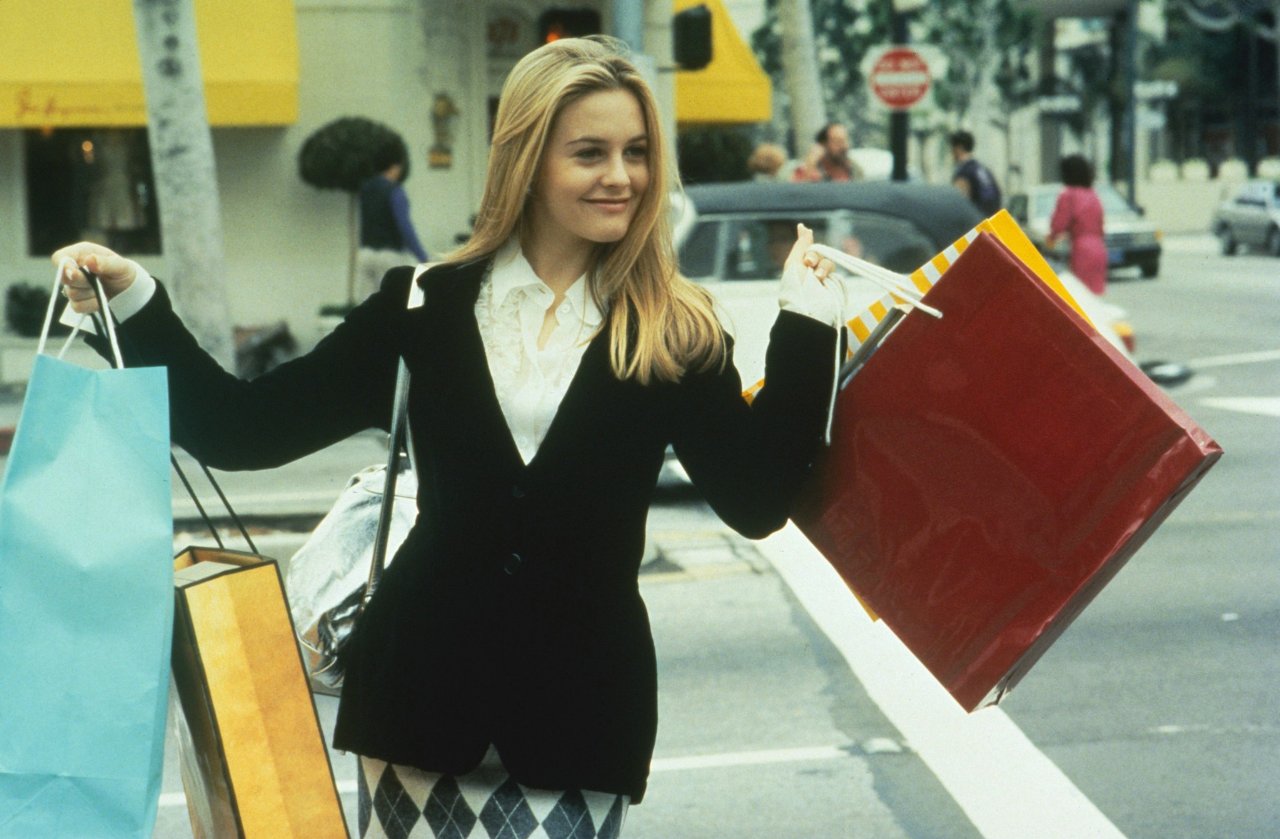
The hoarding mode is unlocked thanks to the instinct of self-preservation that rises sharply in critical moments of life. And at the center of the regulation of the instinct of self-preservation is the anxiety and fear of a threat to security and life, that is. the fear of death.

Any crisis period is a period of uncertainty. Uncertainty confronts a person with a sense of their own helplessness – one of the most difficult experiences to endure. This feeling unconsciously turns an adult into experiences of childlike helplessness when all power and power is in the hands of adults and the child is dependent and subject to their will. The desire for control (“omnipotent control” in psychoanalysis) is the flip side of helplessness, and control over purchases (or deliberate avoidance of them) is just an opportunity to deal with it.
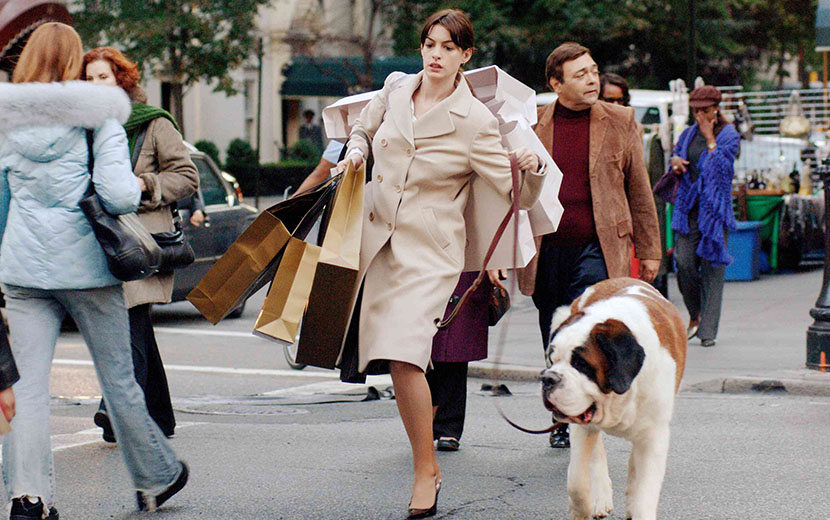
“I can’t control what’s going on around, but I can control what I’m doing” is how the psyche works in a simplified form during crises, “desperate” times. It is vital for a person to feel autonomous and able to influence their actions. In this sense, truly measured purchases help stabilize a sense of autonomy.

However, let’s take a case of frequent chaotic consumption where a person buys everything in a row without really understanding their purchases. Purchases are made not for the sake of something, but for the action itself – to buy. That is, to quickly feel the discharge of internal overvoltage that causes anxiety. Compulsive shopping is just such a case. As in the case of compulsive overeating, the purchase is made to close a person’s deeper need: for example, security, caring, gaining a sense of control, a desire to please oneself, encouragement. In the beginning, there is nothing to worry about whether these real needs are first recognized and secondly met in more direct ways.

The flip side of consumer behavior during a crisis is excessive savings on everything. “I stop spending – I keep money in my wallet – I have money.” This chain, according to psychoanalysis, refers to the relationship between the issue of money and a person’s experiences in the anal stage of development (about 1.5 years). Sigmund Freud believed that in his unconscious fantasy the child perceives his own excrement as his first fortune. In learning the toilet, he controls his natural functions, thereby controlling his primary objects – mother and father, giving them wealth or, conversely, keeping them inside and possessing this gift undivided.
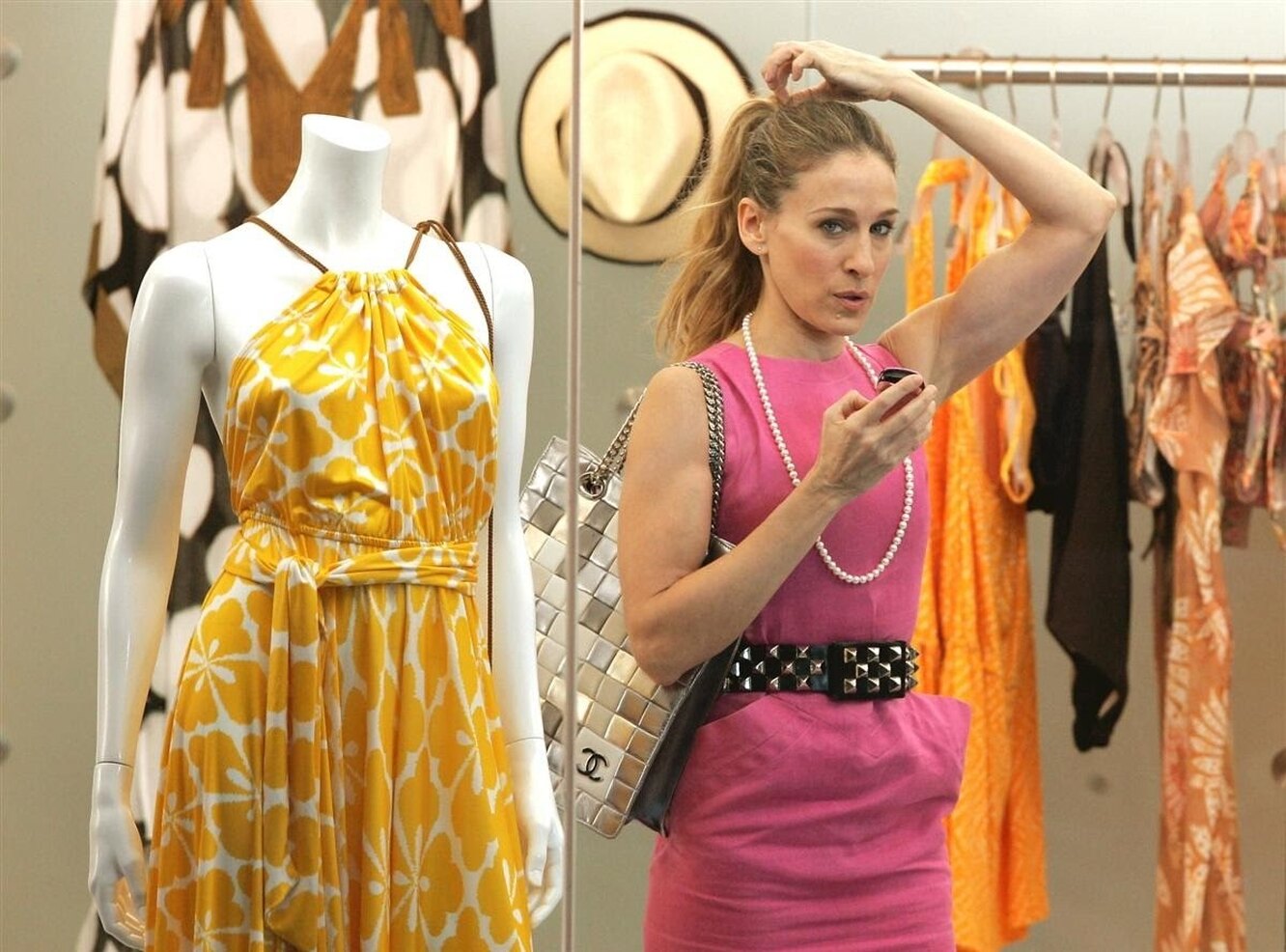
In this analogy, holding money helps a person avoid feeling unduly deprived of something very important, remaining its sole owner. This, in turn, will unconsciously strengthen a sense of power, control over the situation, and self-respect.
However, in ordinary life, such a “protective economy” often has the opposite effect: a person who has long held back the impulse to buy in one area suddenly spends large sums of money in another, often unexpectedly. for himself and others. The reason for this paradox lies in the inevitable connection between the processes of accumulation and waste (and, in psychoanalytic theory, fecal retention and eruption).
Crises really change economic behavior and people’s consumption culture, because money is not only a means of circulation, but also a means of resolving one’s inner conflicts. And in a crisis, these conflicts arise, as a rule.
Source: People Talk
Richard Stock is an author at “The Fashion Vibes”. He is a lifestyle expert who provides readers with the latest news and trends in the world of fashion, beauty, food, and travel. With a sharp eye for detail and a passion for writing, Richard offers unique insights and perspectives on the topics he covers.

